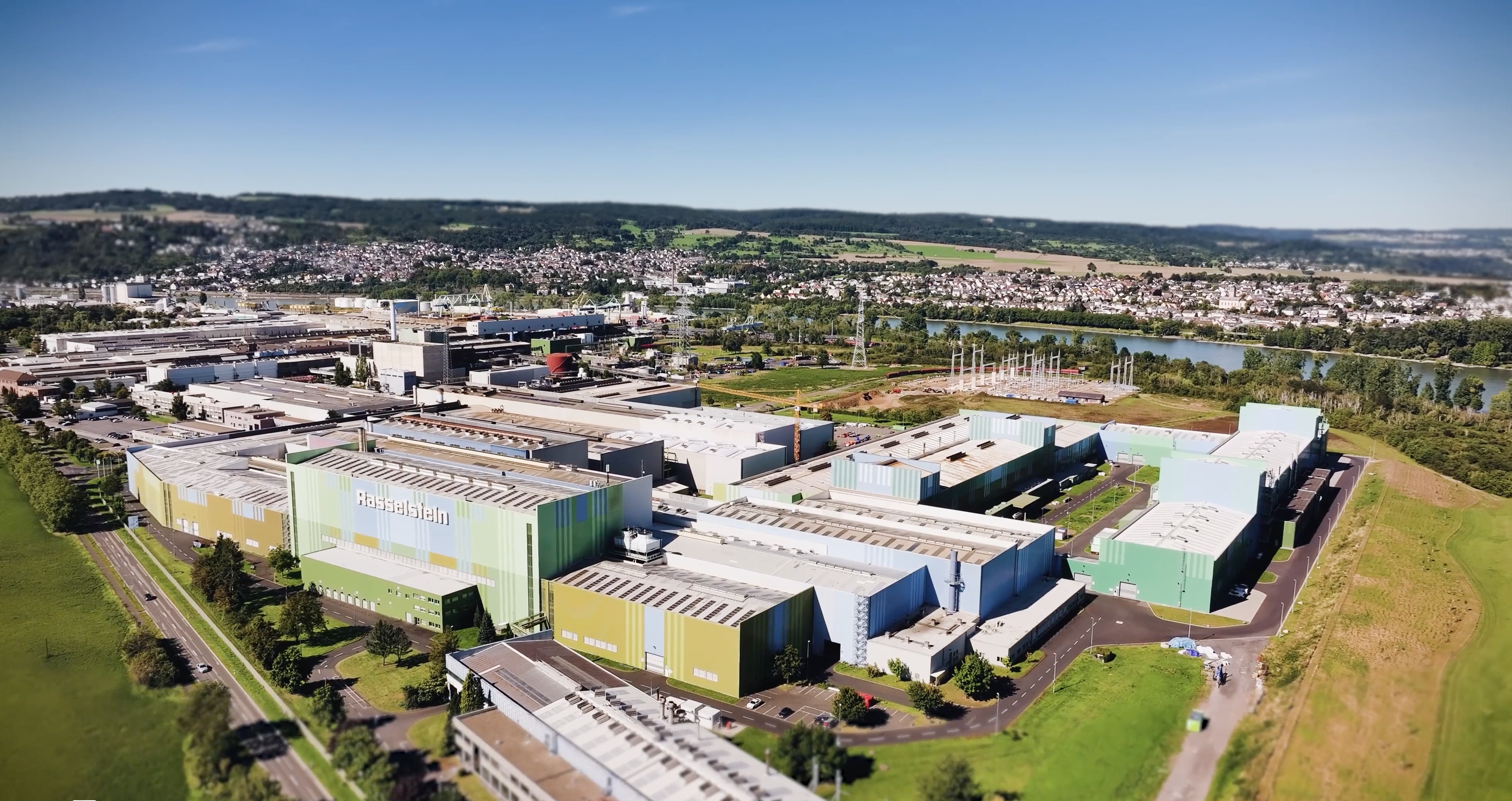Smart factories are reshaping the future of manufacturing—if you’re still running on spreadsheets and paper-based workflows, you’re falling behind. This article explains what smart factories are, why they matter, and exactly how your company can transition to become one.
What Is a Smart Factory?
A smart factory is a highly digitized and connected production environment that relies on smart machines, sensors, and data analytics to automate and optimize manufacturing processes in real time. It represents the evolution from traditional manufacturing to Industry 4.0.
Unlike conventional factories that operate on static schedules and manual decision-making, smart factories adapt continuously based on incoming data from machines, systems, and even workers. These factories integrate technologies such as:
- Industrial Internet of Things (IIoT)
- Artificial Intelligence (AI) and Machine Learning (ML)
- Cloud Computing
- Edge Computing
- Digital Twins
- Autonomous Robots
- Advanced Analytics
- Augmented Reality (AR)
In a smart factory, processes are interconnected and intelligent—enabling seamless production, predictive maintenance, and real-time responsiveness to issues.
Why Smart Factories Matter More Than Ever
Manufacturing faces increasing complexity: high product variability, shorter lead times, global competition, and workforce disruptions. Smart factories address these challenges by delivering:
- Higher productivity through automation and real-time optimization.
- Improved quality with AI-driven anomaly detection.
- Greater flexibility by dynamically adjusting to demand or disruptions.
- Lower costs via predictive maintenance and reduced downtime.
- Workforce enablement with tools that assist rather than replace workers.
According to a 2024 Deloitte report, companies that adopted smart factory initiatives saw a 12% gain in overall productivity and a 19% reduction in quality defects compared to peers.
The 5 Core Pillars of a Smart Factory
Understanding smart factories begins with their foundational technologies and strategies. Here are the five core pillars:
1. Connected Systems
Smart factories rely on IIoT sensors embedded across machines, tools, and products to capture real-time data. These connected devices communicate across a unified network, enabling:
- Asset tracking
- Environmental monitoring
- Machine performance analysis
- Real-time alerts
2. Data-Driven Decision-Making
With massive data from the shop floor, AI and analytics tools generate insights to improve processes. Use cases include:
- Predictive quality checks
- Root cause analysis
- Energy optimization
- Process bottleneck identification
3. Automation and Robotics
From AGVs (automated guided vehicles) to collaborative robots (cobots), automation is central to smart manufacturing. These systems:
- Perform repetitive tasks with precision
- Collaborate safely with human workers
- Adapt to product or workflow changes
4. Intelligent Operations
Smart factories don’t just react—they anticipate. With AI-powered planning tools and digital twins, companies simulate workflows, plan resource use, and dynamically adjust production schedules.
5. Human-Centric Technology
Despite the hype, smart factories aren’t about replacing workers—they’re about empowering them. With wearable devices, AR headsets, and digital work instructions, frontline operators are supported with:
- Guided workflows
- Remote expert support
- Instant anomaly detection
- Ergonomic feedback
Smart Factory Benefits You Can’t Afford to Miss
Transitioning to a smart factory offers tangible, measurable benefits:
- Reduction in unplanned downtime by up to 50%
- Up to 30% improvement in OEE (Overall Equipment Effectiveness)
- 20–40% faster changeovers
- Real-time visibility across operations
- Enhanced compliance and traceability
These gains aren’t theoretical. Companies like Bosch, Siemens, and Haier have documented these improvements in real-world environments.
How to Become a Smart Factory: A Step-by-Step Blueprint
If you’re asking “how can we become a smart factory?”—here’s your playbook:
Step 1: Assess Your Digital Maturity
Start with a factory audit to benchmark your current state. Tools like the Smart Industry Readiness Index can help assess your level of digitization across processes, technologies, and workforce readiness.
Ask:
- What data are we already collecting?
- Which systems are connected?
- How much of our decision-making is real-time?
Step 2: Define a Scalable Roadmap
Don’t jump straight to full automation. Instead:
- Identify high-impact pilot areas (e.g., predictive maintenance, digital work instructions).
- Set measurable goals for each phase.
- Establish cross-functional teams to lead initiatives.
Step 3: Invest in the Right Infrastructure
Build a strong digital backbone by integrating:
- A centralized Manufacturing Execution System (MES)
- Cloud or hybrid data storage
- Industrial-grade network connectivity (e.g., 5G, OPC-UA protocols)
This foundation is necessary to ensure all devices, systems, and tools can communicate and scale.
Step 4: Digitize Workflows
Replace paper and whiteboard-based systems with:
- Digital task management
- Operator dashboards
- Mobile and wearable work instructions
- Automatic data logging
This improves traceability, standardization, and worker empowerment.
Step 5: Enable Real-Time Visibility
Deploy real-time monitoring dashboards using IIoT sensors and edge devices. With these tools:
- Supervisors get alerts before issues escalate.
- Operators get proactive recommendations.
- Managers see live KPIs and bottlenecks.
Step 6: Train and Support Your Workforce
Adoption won’t succeed without your people. Smart factories thrive on:
- Training programs for digital tools
- Role-based access to technology
- Culture of experimentation and continuous learning
Pair older workers with digital-native colleagues in “buddy systems” to foster collaboration and reduce resistance.
Step 7: Iterate and Scale
Once early wins are validated, scale across lines, plants, and regions. Use feedback loops to continuously refine strategies.
Companies that follow this path tend to see ROI in 6–18 months on their initial deployments.
Common Pitfalls to Avoid
While the smart factory promise is compelling, here are common reasons for failure:
- Overinvestment in tech without workforce buy-in
- No clear ROI or performance metrics
- Lack of IT/OT integration
- Vendor lock-in from proprietary platforms
- Trying to do everything at once
Successful transformation is iterative, not instant and you can learn more about these pitfalls here.
Workerbase: The Smart Factory Accelerator
At Workerbase, we specialize in bridging the gap between legacy operations and Industry 4.0 environments. Our platform empowers manufacturers to:
- Digitize frontline workflows in days—not months.
- Automate task distribution and monitor execution in real time.
- Enable mobile-first communication across shifts, roles, and plants.
- Connect to existing systems like ERP, MES, and SCADA without disrupting operations.
With Workerbase, companies don’t just become smarter—they become faster, more flexible, and future-proof. Get in touch below if you’d like to learn how you can actively become a Smart Factory.




